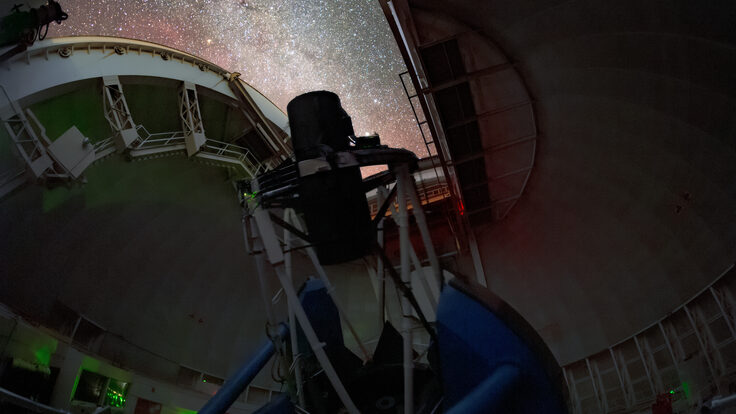The James Bond of detectors
Who needs secret agents when neutrinos are happy to spill the secrets of rogue nuclear activity?
In a recent paper, Thierry Lasserre and colleagues at the French Alternative Energies and Atomic Energy Commission explain how to spot illegal nuclear activity by putting a neutrino detector in a supertanker and sinking it off the shore of a nation suspected of clandestine activity.
The detector, the Secret Neutrino Interactions Finder (SNIF), could track neutrinos and antineutrinos emitted by illegal nuclear reactors, aiding groups such as the UN's International Atomic Energy Agency, the physicists contend. The IAEA tracks which governments have access to nuclear technology and how they use it.
Detecting neutrinos from nuclear reactions is nothing new; many neutrino experiments already rely on nuclear power plants as steady sources of neutrinos to feed their detectors.
“We wanted to set the bounds of what such a device could do to detect undeclared activity,” Lasserre says.
The November paper in Physical Review C provides a global map of nuclear reactors and estimates the number of antineutrinos each should emit. Any extra neutrinos in the area might indicate a rogue reactor.
It would take six months for the type of SNIF detector described in the paper to find a medium-sized, 300-megawatt nuclear reactor 186 miles away, Lasserre adds.
For the moment, no one has plans to build such a detector, which would have to withstand the extreme pressure a mile below the ocean's surface. Plus, the estimated $4 million price tag would buy a lot of shaken martinis.
Sara Reardon
Click here to download the pdf version of this article.






